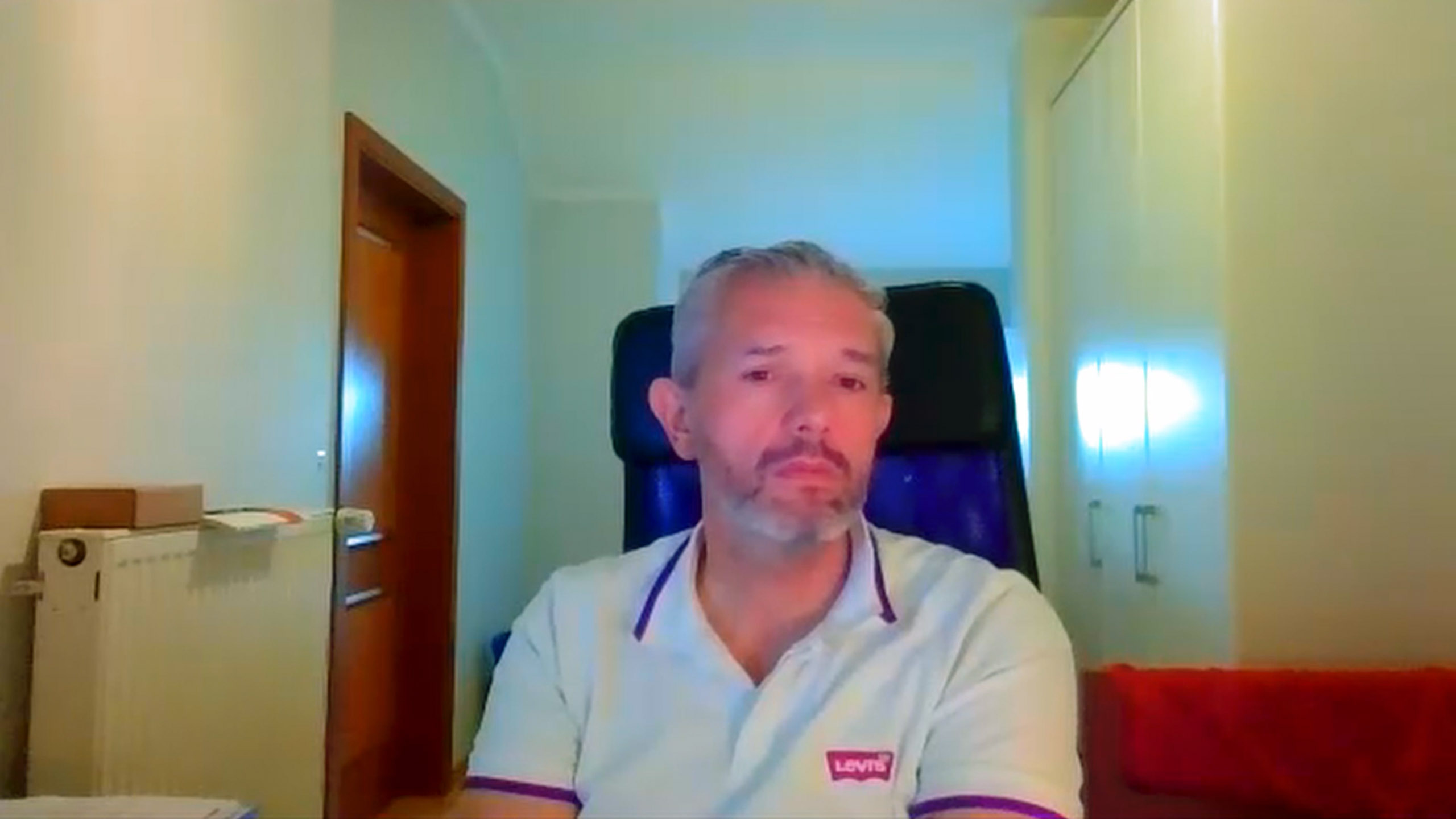
Insourcing Last Mile
Former VP, Amazon Logistics Europe
inpractise.com/articles/amzn-last-mile-insource
Why is this interview interesting?
- Estimates of the scale required for Amazon to insource last mile
Philippe Hemard
Former VP, Amazon Logistics Europe
Interview Transcript
At what density or scale does it make sense to actually insource the last mile?
That’s a difficult question, from several aspects. Firstly, it depends on what your strategy is. In 2007, I’d just taken over the transportation in Europe and one of my first negotiations – with one of the carriers in the UK – and the negotiation was not going well and the MD of one of these companies told me, you know what, when you have 60 million parcels a year, in the UK, you will be able to run your own business. At that time, we were not 60 million in the UK but, of course, based on the number that we had and the projection, we would soon be at that figure. But I wrote that somewhere and I parked it. After the crisis, the acceleration of the sales at Amazon really went up, after 2007, 2008 and with the Prime program helping. Two years later, literally, I though, wow, we are just above this 60 million parcels; should we start looking at it?
So I asked some of my business analysts to have a drill down and have a look at it to see if could be real. Indeed, they came back and said, yes, that makes some sense. We can almost optimize people every day, in a town like Glasgow – we did the analysis in Glasgow; I didn’t want to do it in London, which was a bit more obvious. I wanted a medium-sized city for the analysis, because if it works in London, it doesn’t tell where it works elsewhere. If it works in Glasgow then, of course, it would work in London and many other cities in the UK.
I don’t even remember the real number of the density, in package per square meter, but it also depended on which city you were in. But the reference point, that I kept for a long time, was this 60 million. Is it 60, 70, 80 million? I don’t know. But for sure, in any European country, you need to have multi-million parcels, except obviously, if you decide to be very local. That’s if you want to have a network, at a country level. Now if you start to say, I want to deliver in Paris only, you may not need 70 million for Paris. You can start much lower than that. I don’t remember the actual number of parcels per square meter, but people can easily do the analysis of what they have today. I think it should be around two or three parcels per square meter today and you start to have something that might work.
Copyright Notice
This document may not be reproduced, distributed, or transmitted in any form or by any means including resale of any part, unauthorised distribution to a third party or other electronic methods, without the prior written permission of IP 1 Ltd.
IP 1 Ltd, trading as In Practise (herein referred to as "IP") is a company registered in England and Wales and is not a registered investment advisor or broker-dealer, and is not licensed nor qualified to provide investment advice.
In Practise reserves all copyright, intellectual and other property rights in the Content. The information published in this transcript (“Content”) is for information purposes only and should not be used as the sole basis for making any investment decision. Information provided by IP is to be used as an educational tool and nothing in this Content shall be construed as an offer, recommendation or solicitation regarding any financial product, service or management of investments or securities.
© 2025 IP 1 Ltd. All rights reserved.


